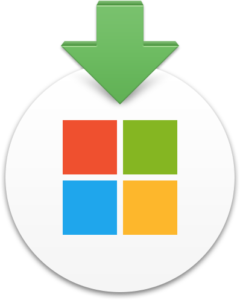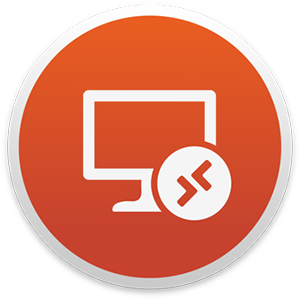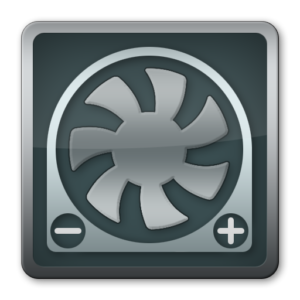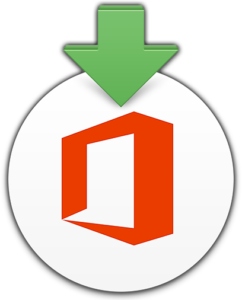 I have been running a Microsoft AutoUpdate (MAU) Caching Server for a couple years now and have always allowed it to download and serve everything, even applications we don’t use. My thinking was that I’d rather have something and not need it, than need it and not have it.
I have been running a Microsoft AutoUpdate (MAU) Caching Server for a couple years now and have always allowed it to download and serve everything, even applications we don’t use. My thinking was that I’d rather have something and not need it, than need it and not have it.
This has never been an issue for older products like Office 2011 and Lync (or even current products like Company Portal and Skype for Business) because combined they are only around 500 MB. The fact that Office 2011 and Lync are no longer receiving updates means the bits on disk haven’t changed in over a year and don’t need to be downloaded with each run of MAUCacheAdmin.
However things changed with the release of Office 2019 last fall. While Office 2011 is no longer being maintained, Office 2016 will continue receiving security updates until October 2020. If you have already transitioned to Office 2019 this means that MAUCacheAdmin will continue to download almost 6 GB of installers and updaters every month that you don’t need.
Thankfully it is easy to customize this behavior so read on if you’d like the details.
 During a discussion in the #detectx channel of the
During a discussion in the #detectx channel of the  We need to tightly control the version of InDesign (ID) and InCopy (IC) in use here at the newspaper. As such we
We need to tightly control the version of InDesign (ID) and InCopy (IC) in use here at the newspaper. As such we  When Adobe released their November 19 update to InDesign CC 2019 last week, they broke the most important rule of version numbering: the version should go up!
When Adobe released their November 19 update to InDesign CC 2019 last week, they broke the most important rule of version numbering: the version should go up!
 Most MacAdmins take an either/or approach to managing updates for Microsoft Office on macOS, utilizing either Microsoft AutoUpdate (MAU) or
Most MacAdmins take an either/or approach to managing updates for Microsoft Office on macOS, utilizing either Microsoft AutoUpdate (MAU) or  This year we started seeing a problem with the hard drives failing inside our 2009, 2010 and 2011 iMacs here at the newspaper. The computers still work fine otherwise and since it is
This year we started seeing a problem with the hard drives failing inside our 2009, 2010 and 2011 iMacs here at the newspaper. The computers still work fine otherwise and since it is  I’ve been using an internal Microsoft AutoUpdate (MAU) Caching Server here at the newspaper since shortly after it was announced by Paul Bowden last year. I helped explain the various configuration options available last night in the #microsoft-office channel of the
I’ve been using an internal Microsoft AutoUpdate (MAU) Caching Server here at the newspaper since shortly after it was announced by Paul Bowden last year. I helped explain the various configuration options available last night in the #microsoft-office channel of the